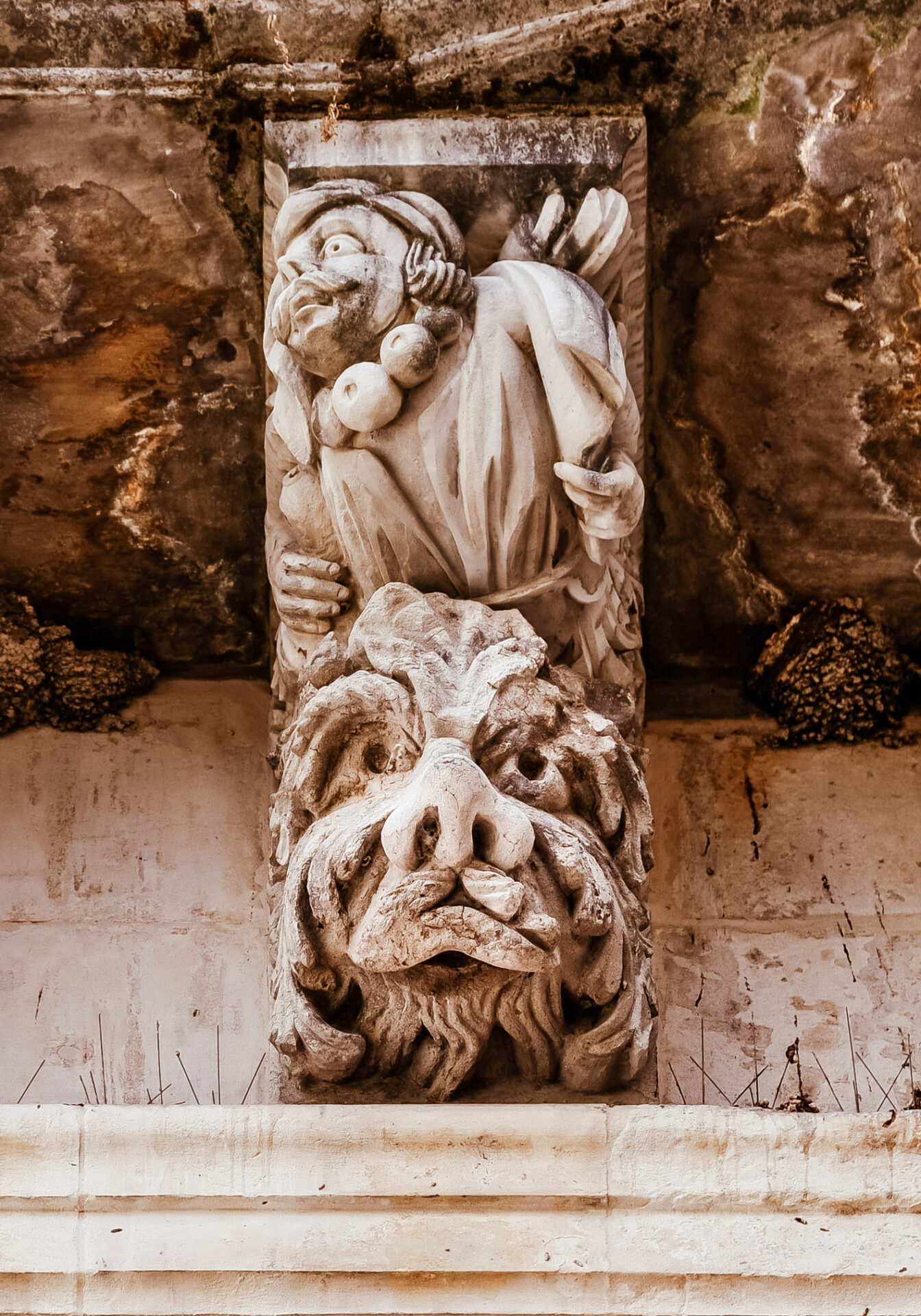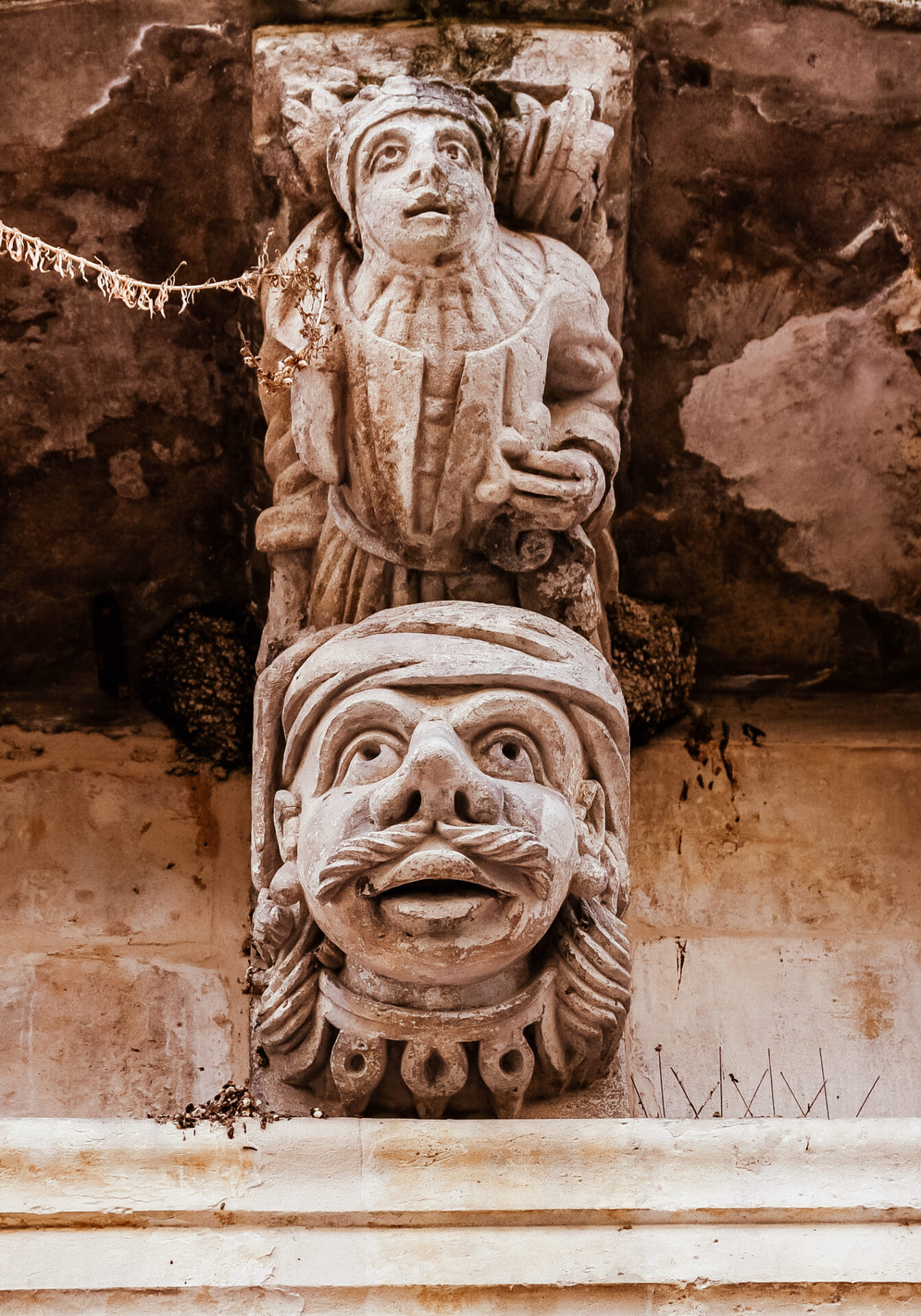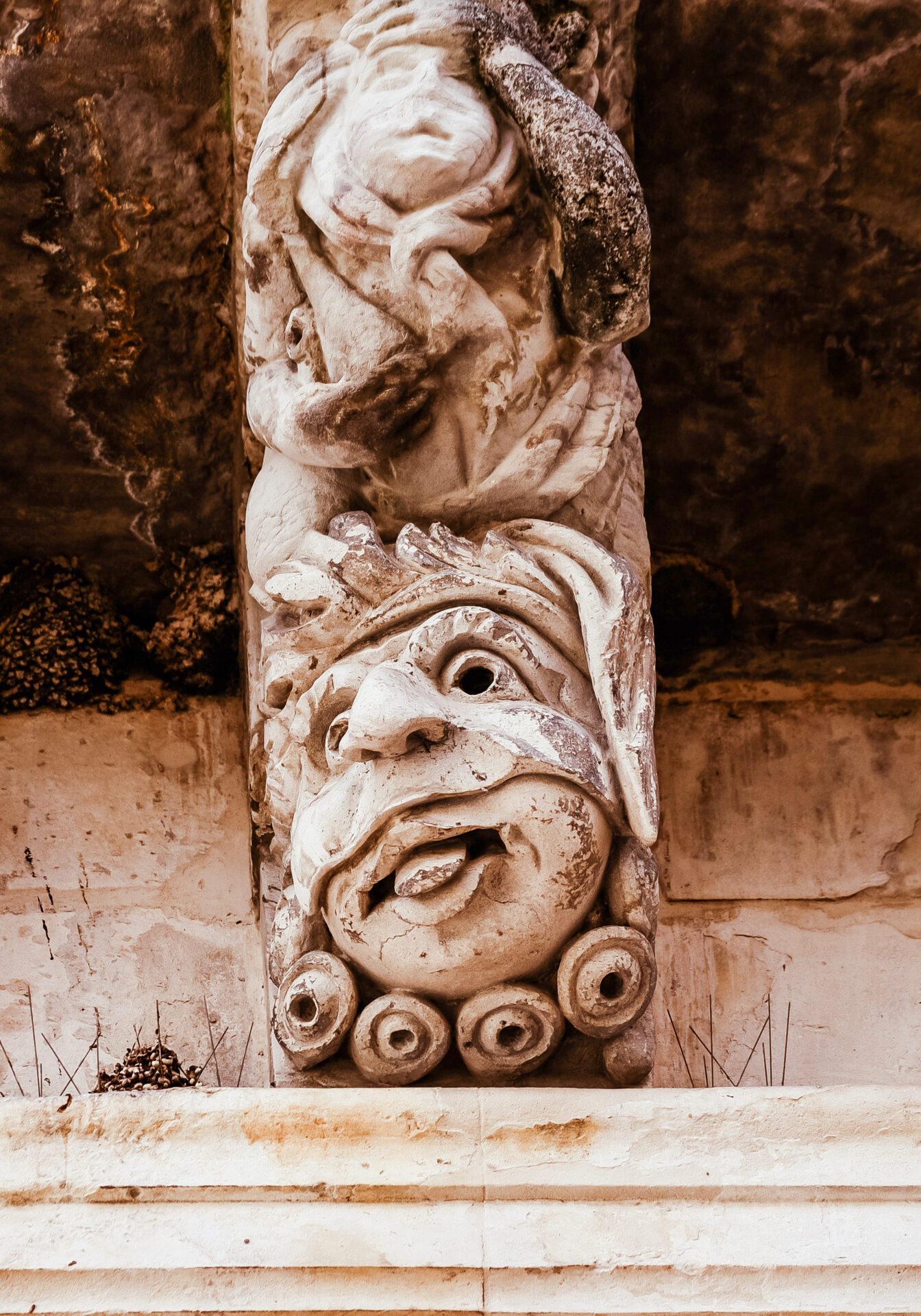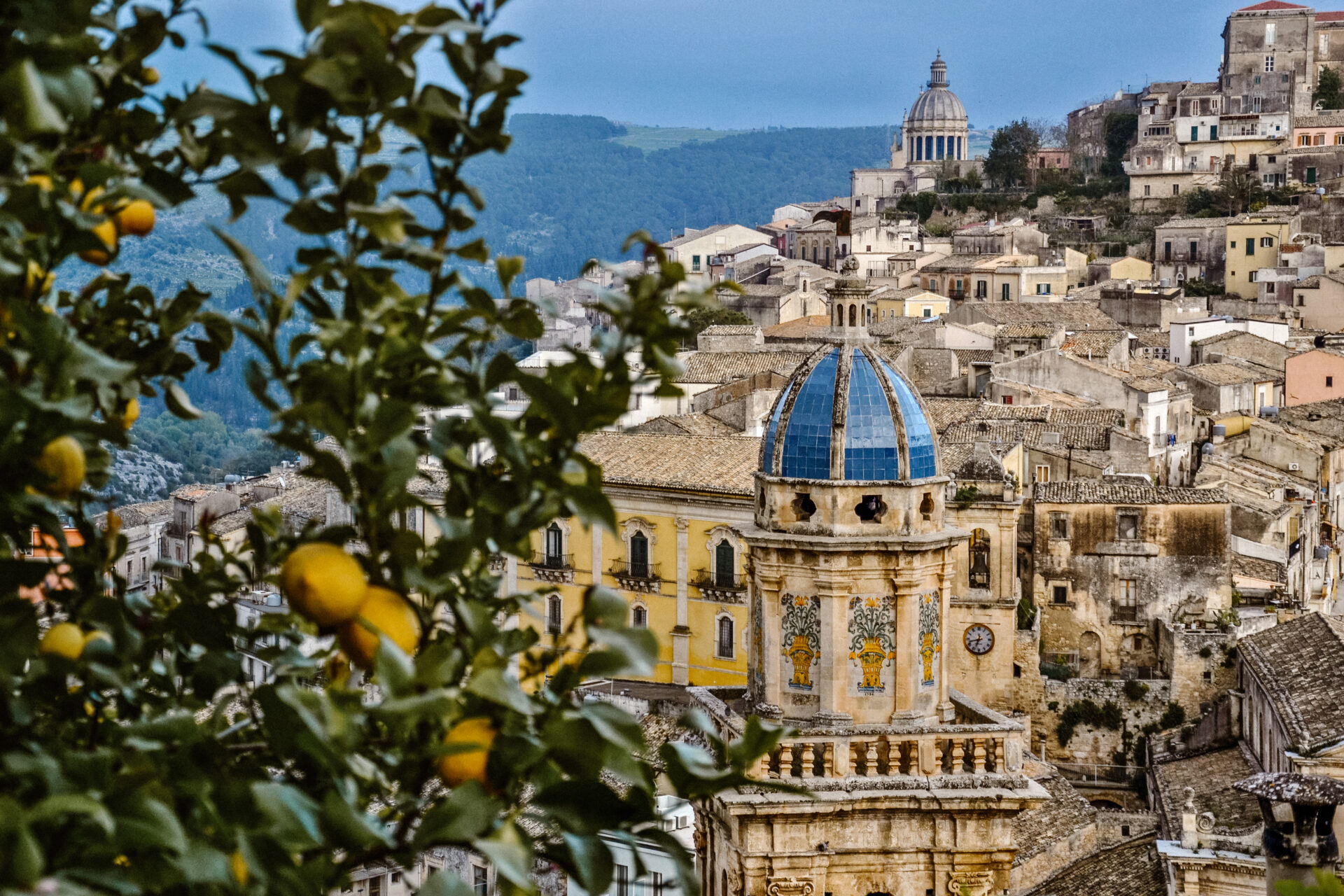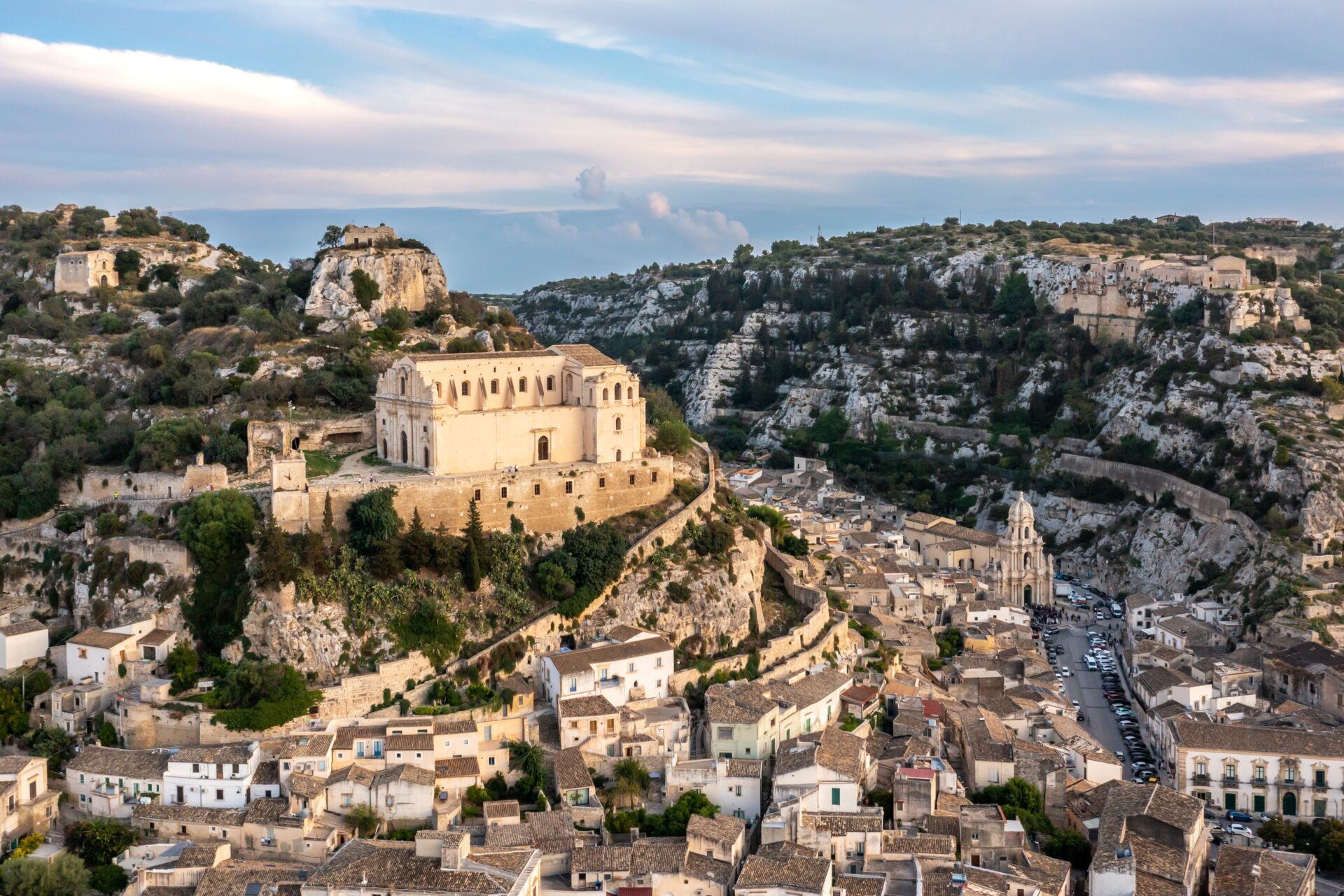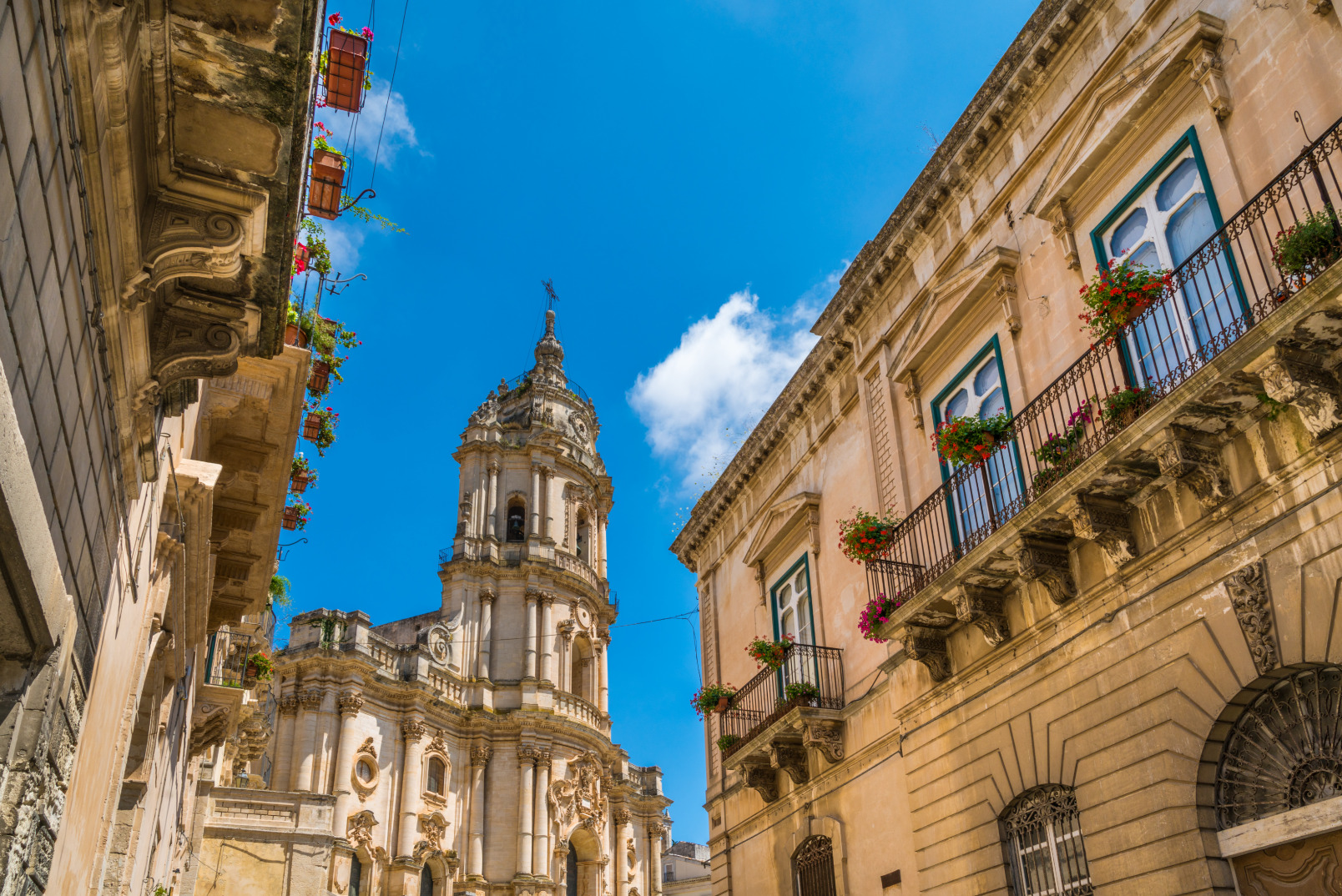Art in Baroque Land
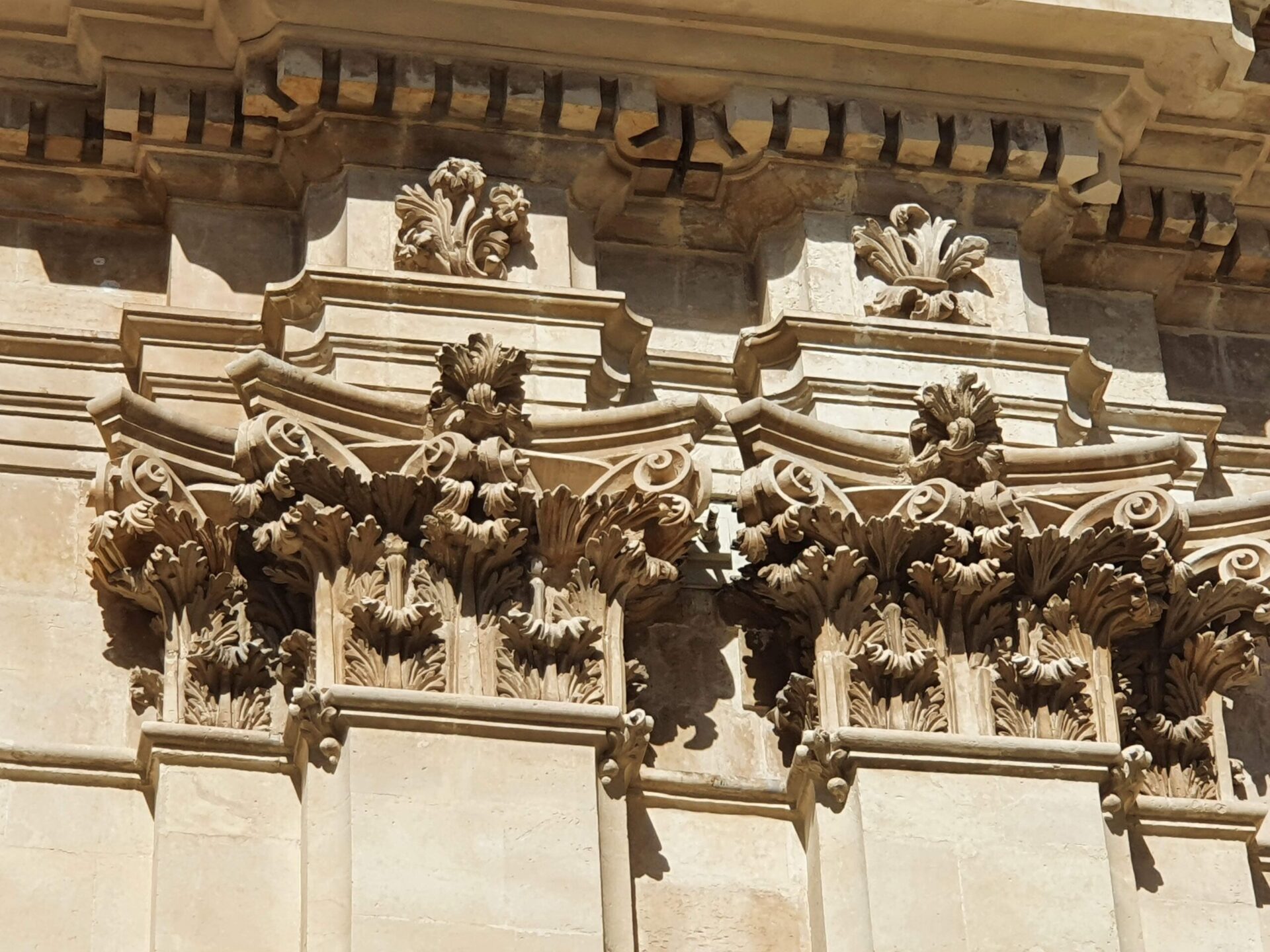
In 1693 a terrible earthquake devastated southeastern Sicily, razing entire towns and completely devastating the urban memory of the area. The response to this disaster was a rebirth from its own ashes, from the rubble began an incredibly beautiful and inspiring late Baroque renaissance.
UNESCO considers the cities of “Ragusa, Modica and Scicli to be an outstanding testimony to the exuberant genius of late Baroque art and architecture…and represent the culmination and final flowering of Baroque art in Europe.”
UNESCO World Heritage Site
Ragusa, Modica and Scicli, along with five other towns in the Val di Noto, have been UNESCO World Heritage Sites since 2002. Today these cities exhibit a plethora of high quality and remarkably homogeneous late Baroque art and architecture while displaying distinctive innovations in urban planning and reconstruction.
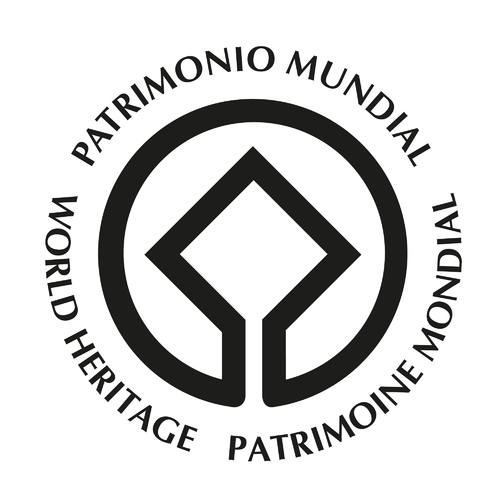
In 2020, a path was started to include Ispica in the World Heritage List, the list of properties and places considered a World Heritage Site, which is nearing completion following several fulfillments for the recognition of geographical, architectural and cultural features in line with the late Baroque style.
Some of the most famous Baroque monuments include the Church of St. John the Baptist and Palazzo Cosentini in Ragusa, the Cathedral of St. George and that of St. Peter in Modica, the old Corso San Michele Street, now Via Mormino Penna, the Church of St. John the Evangelist and Palazzo Beneventano in Scicli.

